Save 100,000 litres of water per year per urinal
Potential customers often ask us why they should make the switch from their existing flushing urinals over to waterless urinals. Obviously one of the biggest benefits of waterless urinals is the amount of water that they save. Typically, each URIMAT urinal saves 100,000 litres of water per year, which can represent a financial saving of between £150 and £600 (depending on your region). Even for a relatively small organisation with only a few urinals, this quickly adds up and for larger organisations it can be a very substantial amount of money indeed.
Cut environmental impact
And obviously the financial savings aren’t the only consideration. Organisations these days are increasingly concerned about their impact on the environment, so saving water can be an organisational goal in its own right. However, saving water and its associated cost isn’t the only reason to make the switch to waterless urinals. Waterless urinals offer significant functional benefits as well.
Eliminate urinal odour
A flushing urinal attempts to control odour by flushing away any bacteria that could cause odour. The flush is also supposed to prevent blockages by washing away any materials (typically hair and other related debris) that could cause the urinal to block.
However, there are a number of problems with this approach. It can only work effectively if the urinal is flushed sufficiently often – typically an automated flush would need to be set to operate every five minutes in order to achieve odour-free operation, but the cost of this in water usage terms can be very significant indeed and so few organisations allow their urinals to flush this often, hence odour build up is a common problem with flushing urinals.
Reduce maintenance costs
Indeed, whilst water is needed to flush away odours and blockages, it’s not necessarily good for urinal operation in other ways. Water contains salts and when these are mixed with the uric acid in urine a chemical reaction takes place that forms a lime-scale type hard deposit often referred to as “urinestones”. Over time, this will cause the waste pipes to scale up and potentially block, leading to significant maintenance costs. The only way to control this is to keep the urinals flushing regularly so that the scale does not have a chance to build up.
Many organisations use flush control systems that limit or stop flushing completely at times when urinal use is low, such as overnight or at weekends. But doing this can significant increase the speed with which scale blockages build up because there’s no continuously running water to keep flushing the scale away. So, flushing regularly is necessary in order to prevent odour, blockages and scale build-up, but the costs (both financial and environmental) are significant.
Installing waterless urinals eliminates the water ingredient so that this chemical reaction and the formation of hard deposits no longer occurs. Some clients have installed Urimat urinals just to eliminate this problem and the associated preventative and reactive maintenance costs that result from blocked urinals!
Hygienic and odour-free
Waterless urinals address both of these problems, we believe much more effectively than traditional flushing urinals. The URIMAT system channels urine via a funnel into an odour trap and through a one-way membrane into the sewage system. As soon as the urine stops flowing the membrane closes, trapping odours in the sewage system and preventing them from escaping back into the washroom. Our waterless urinals also contain a microbiological cube that improves hygiene, reduces deposits and prevents the inside of the odour trap and the waste pipe becoming encrusted with organic matter, urine deposits and fats. This means that lime-scale and associated problems are prevented without the need to use running water.




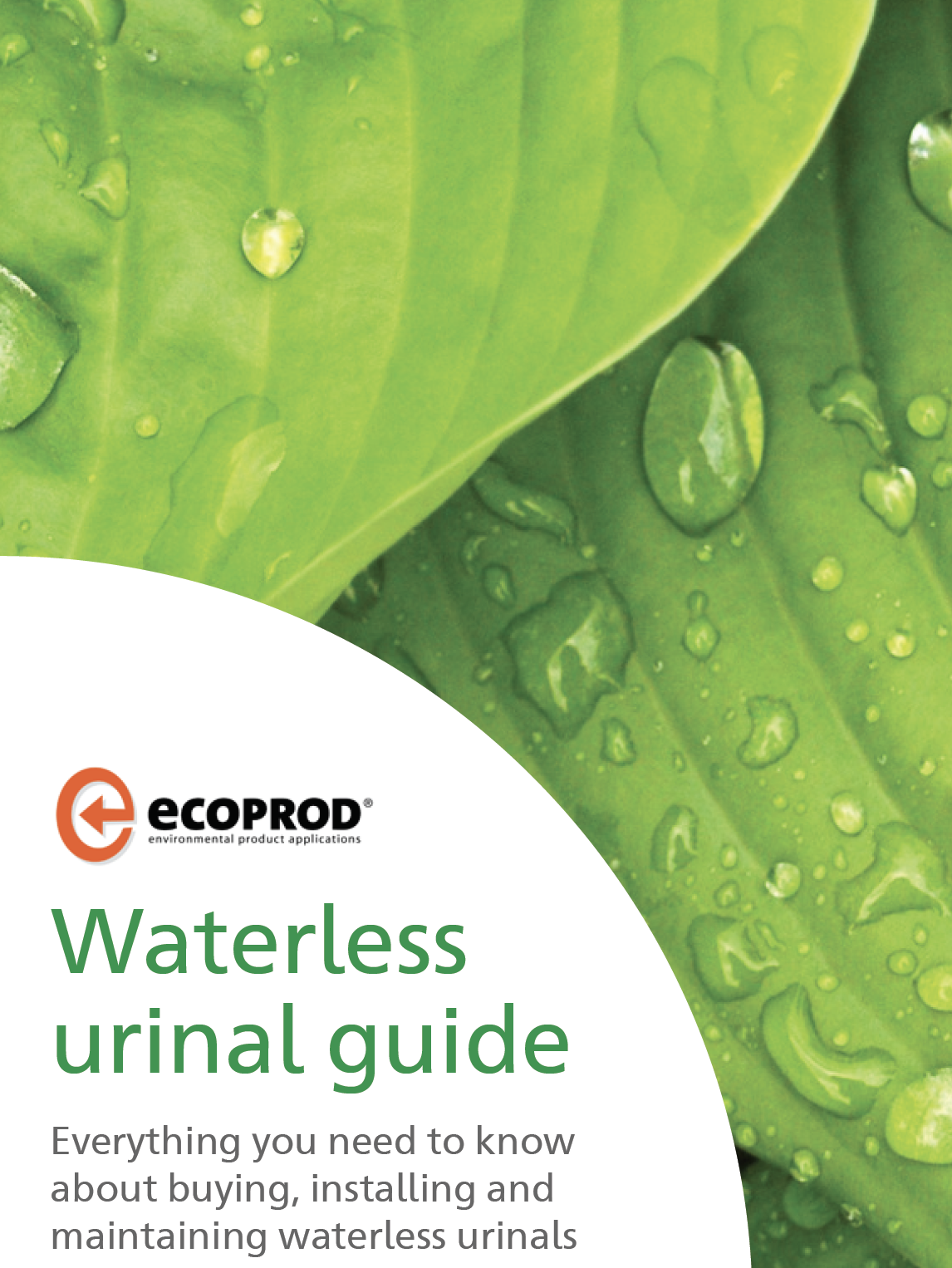


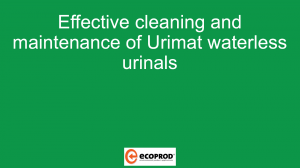





 For the last 8 years Robert Summer – Head of International Sales and Marketing – has developed structured distribution network worldwide for CONTI+ brand. The products offer great benefit for washrooms and shower rooms for public, semi-public and health sector. Today, sustainability, hygiene and smartness are key to CONTI+ solutions. Robert lives the brand and its USPs and loves to support and motivate his team on a daily basis.
For the last 8 years Robert Summer – Head of International Sales and Marketing – has developed structured distribution network worldwide for CONTI+ brand. The products offer great benefit for washrooms and shower rooms for public, semi-public and health sector. Today, sustainability, hygiene and smartness are key to CONTI+ solutions. Robert lives the brand and its USPs and loves to support and motivate his team on a daily basis.




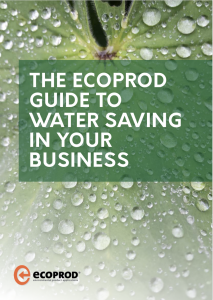
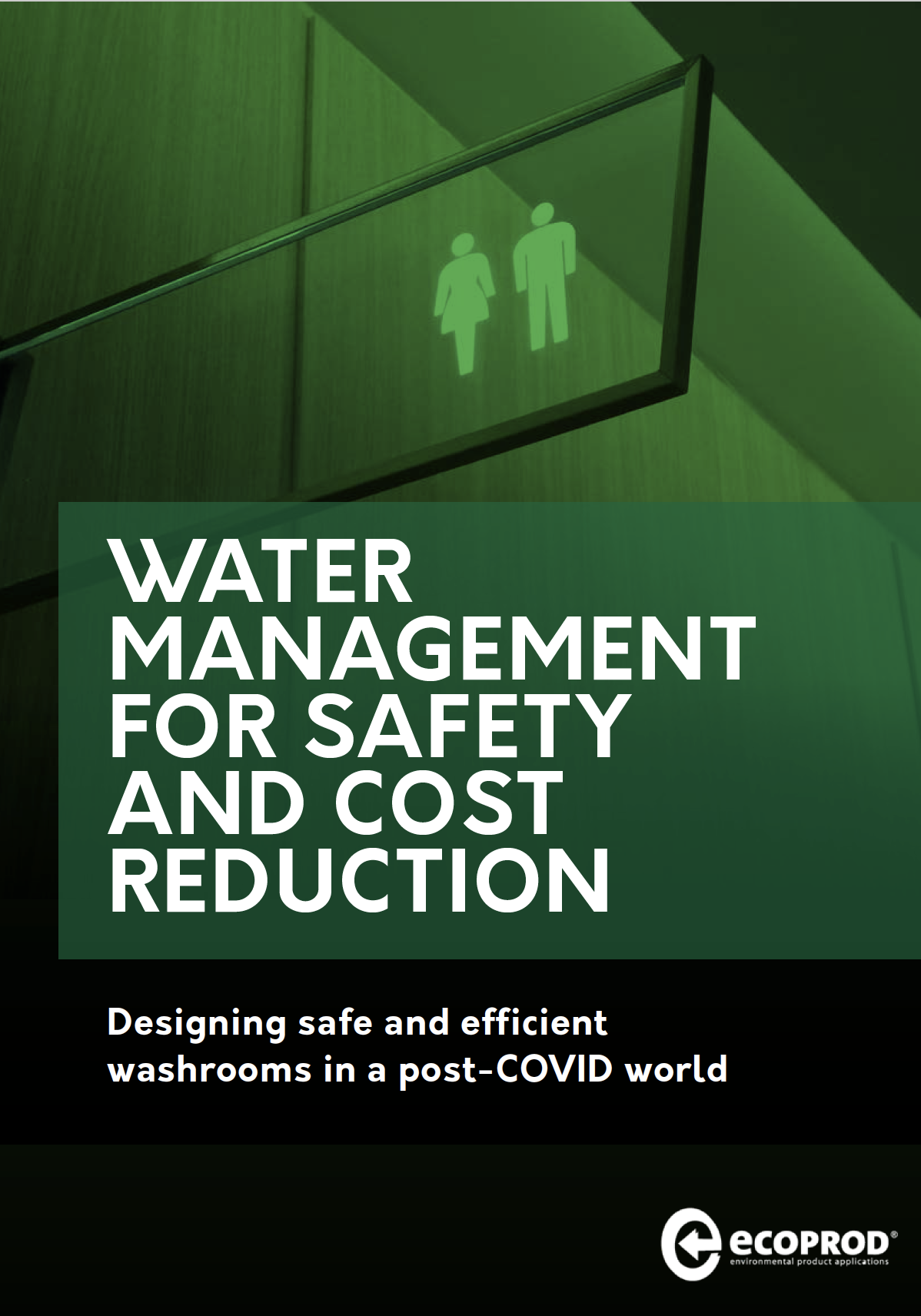




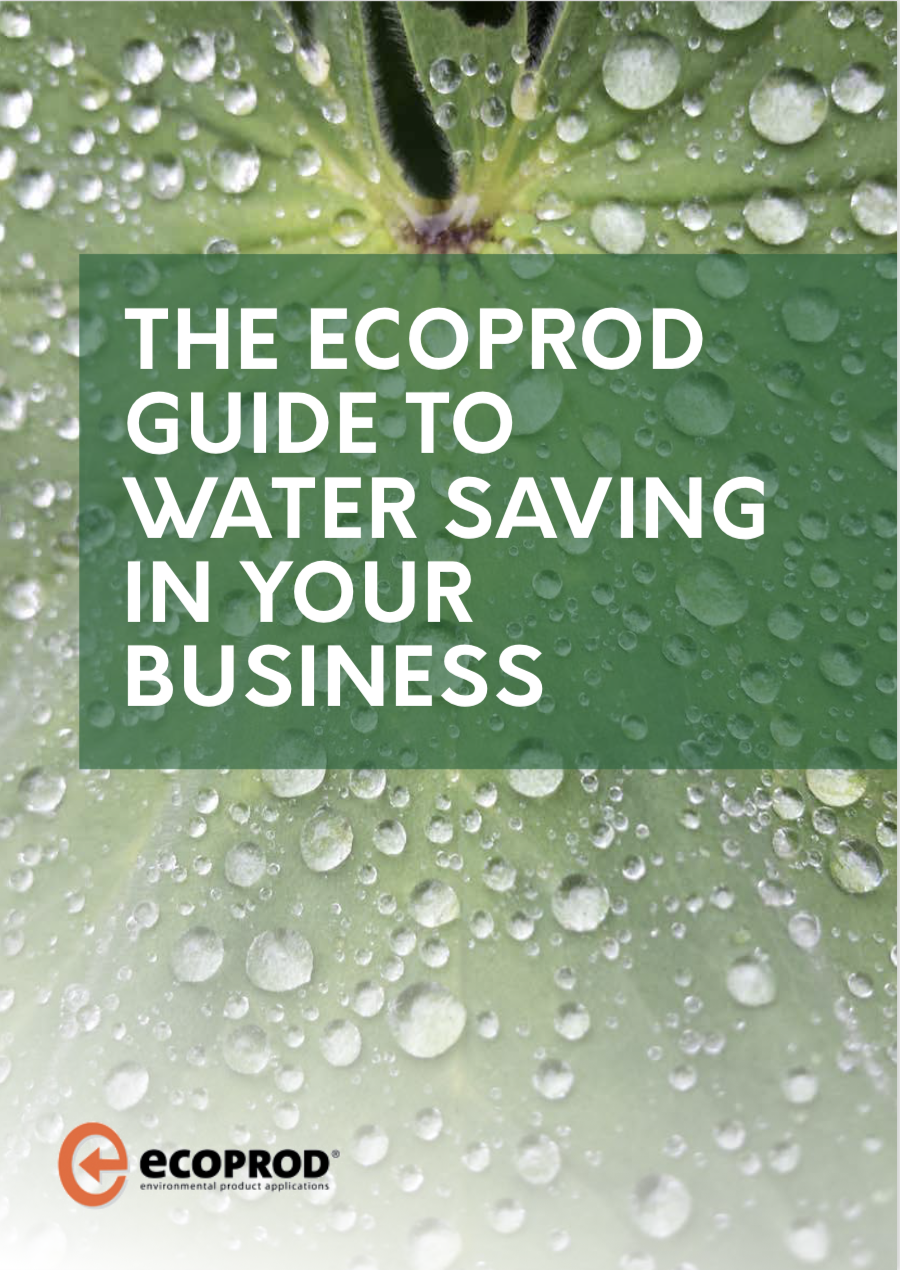
Comments are closed.